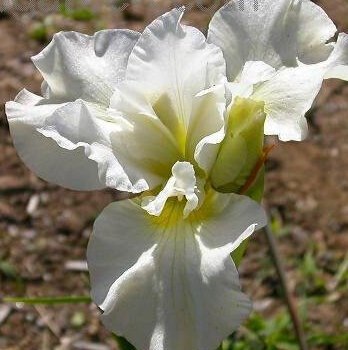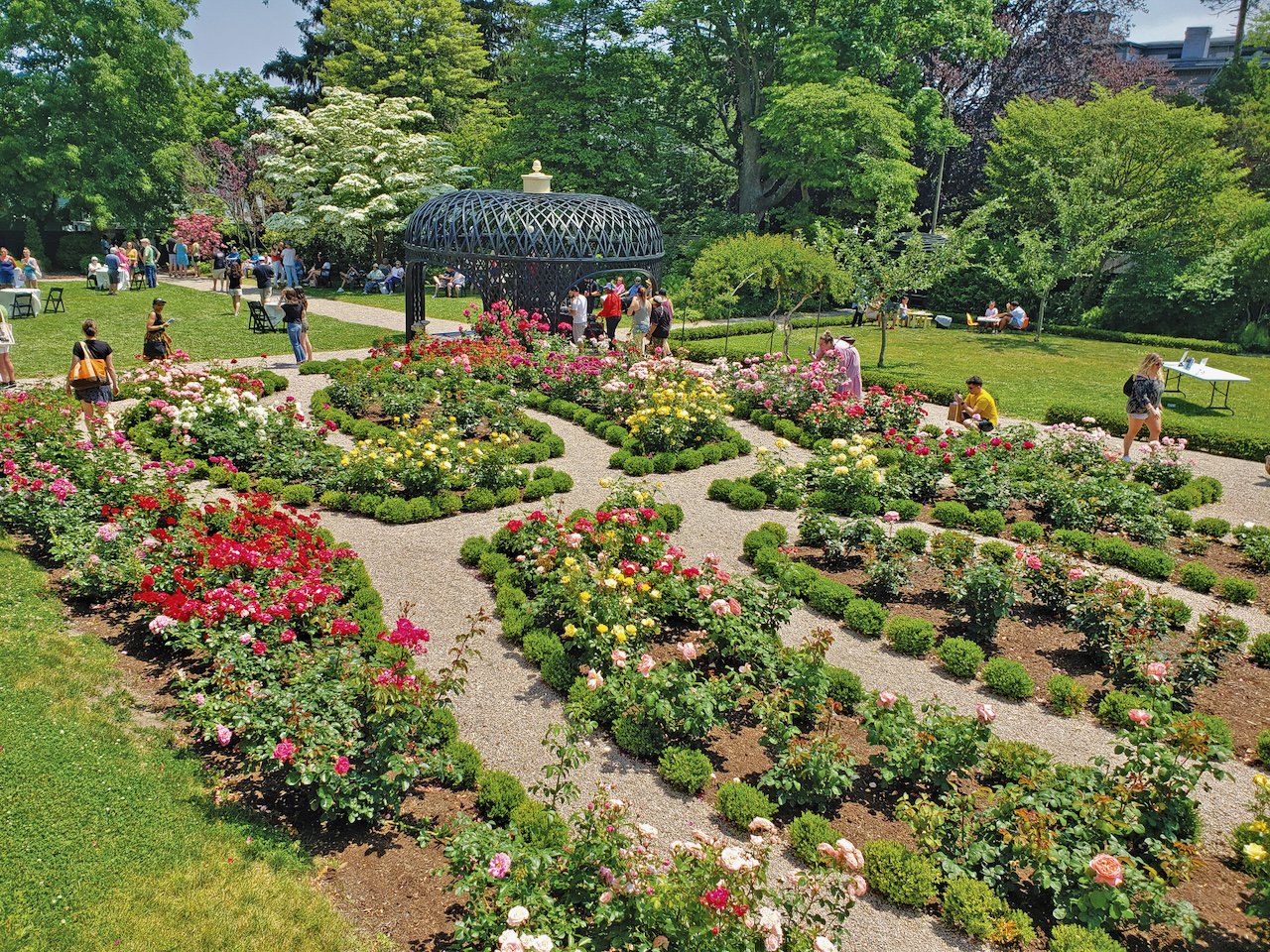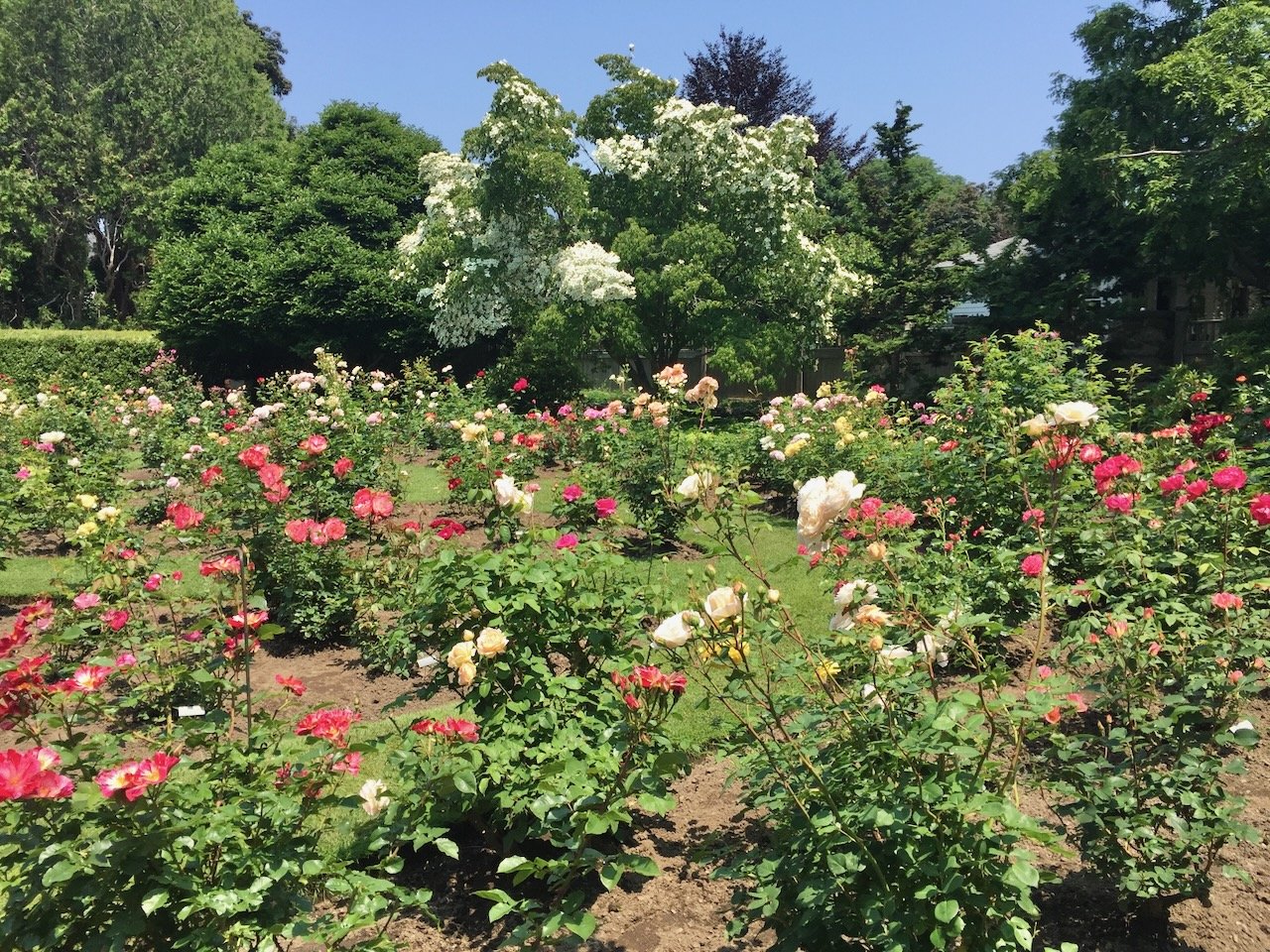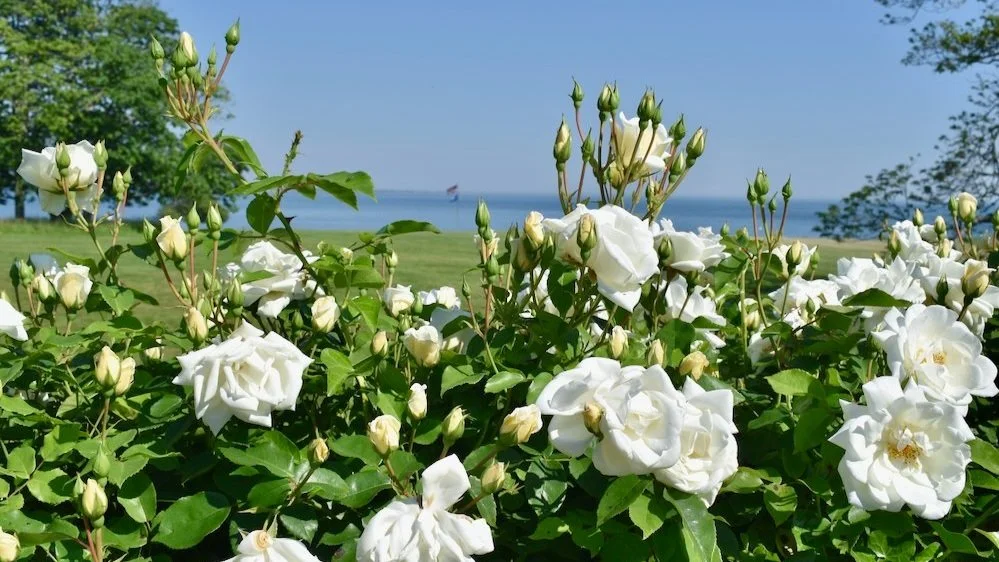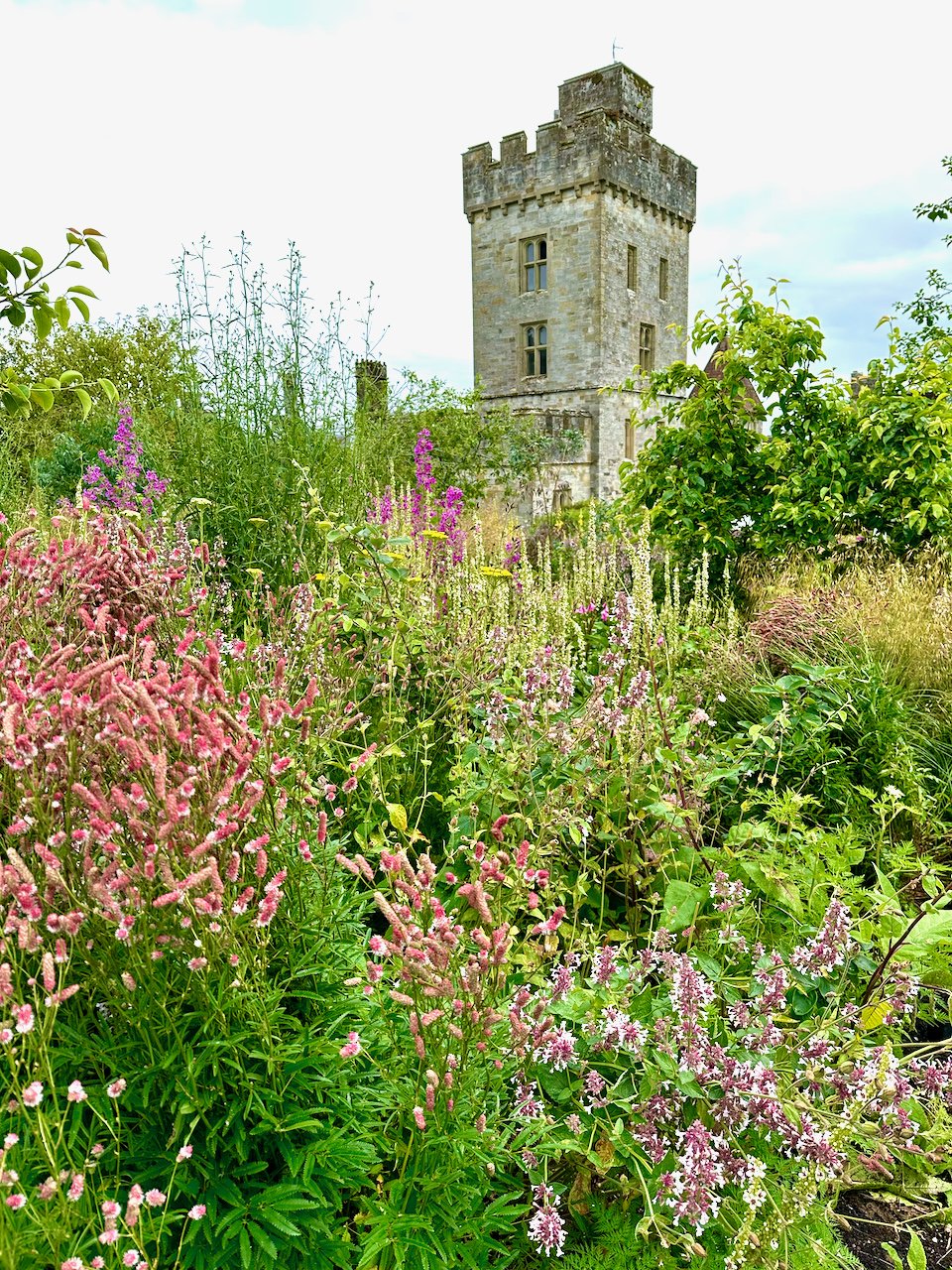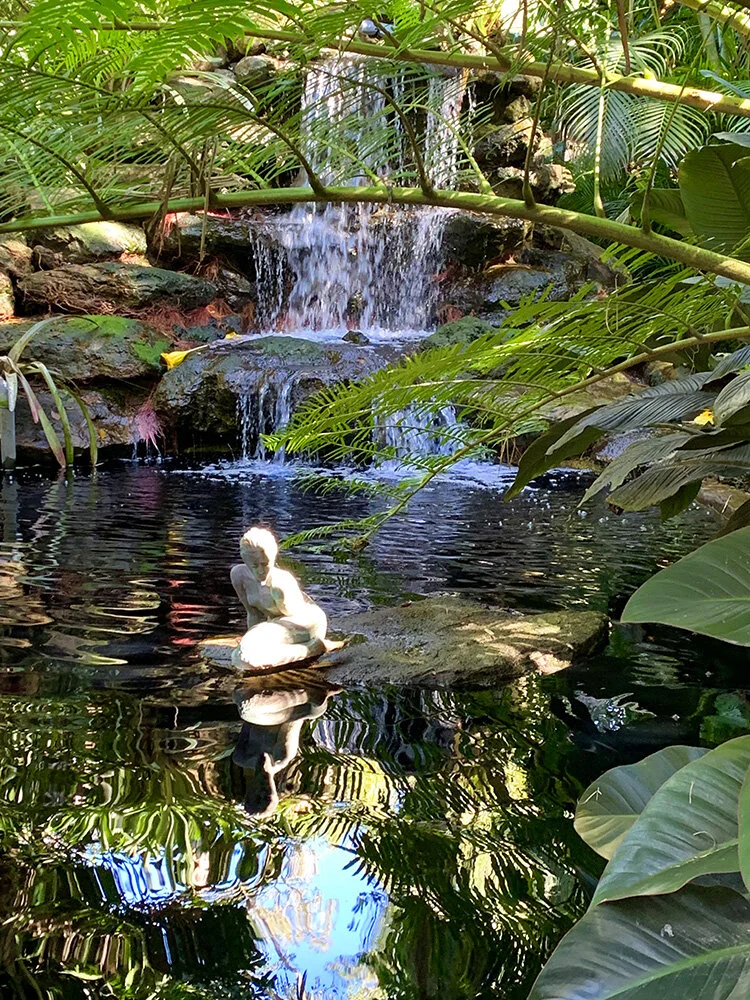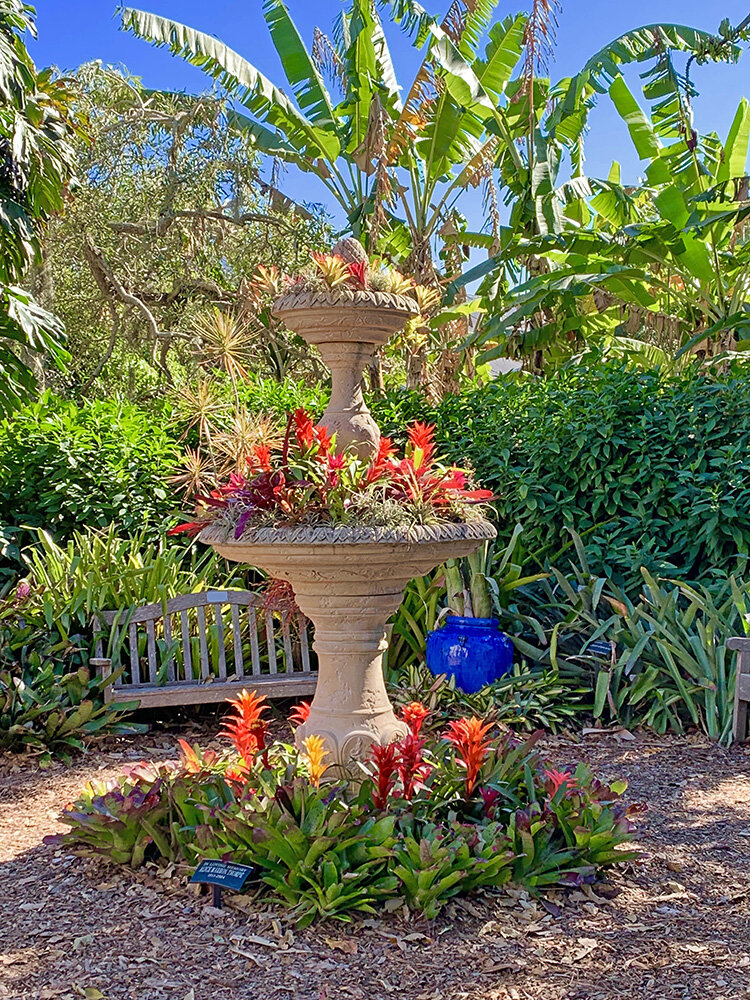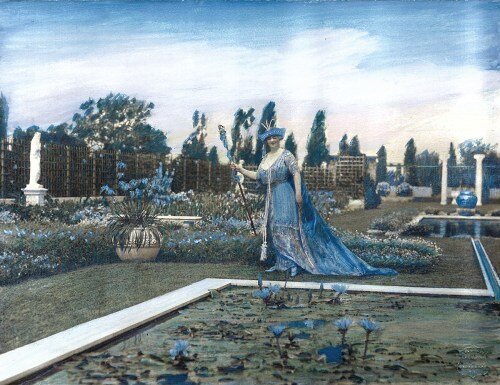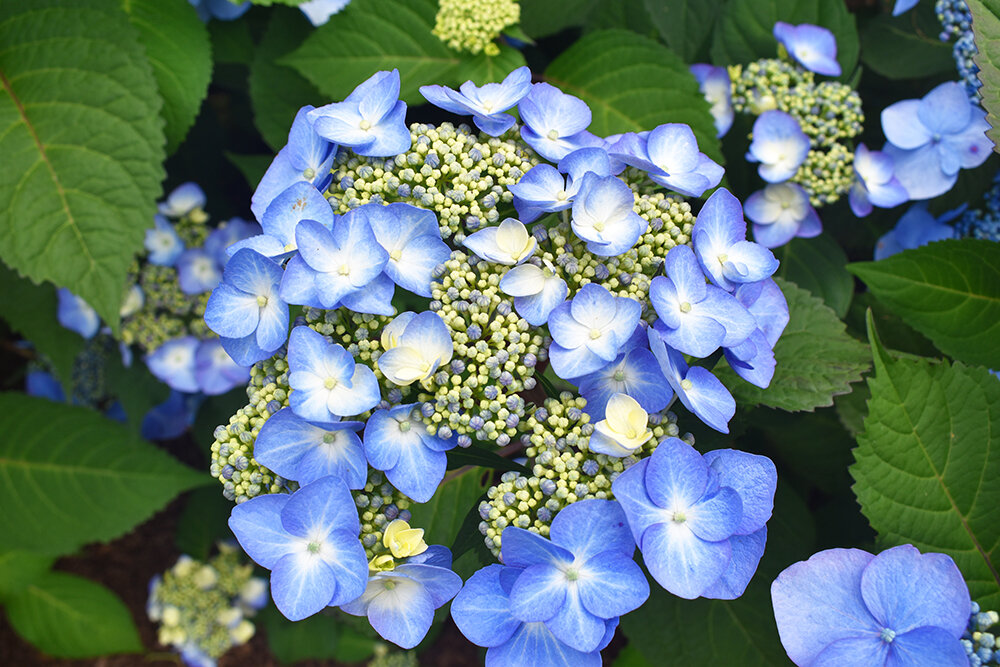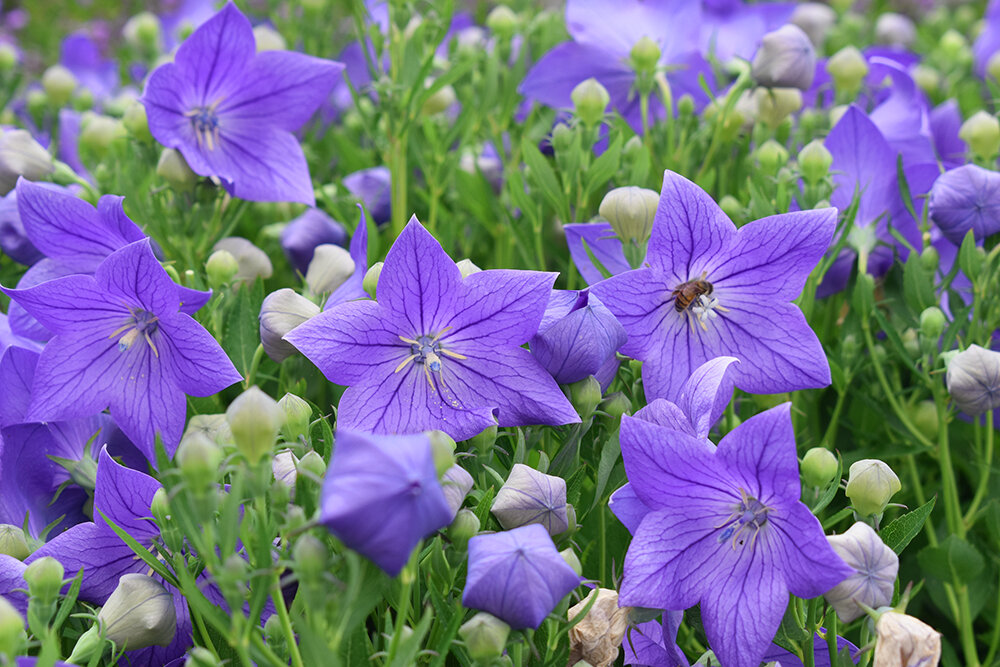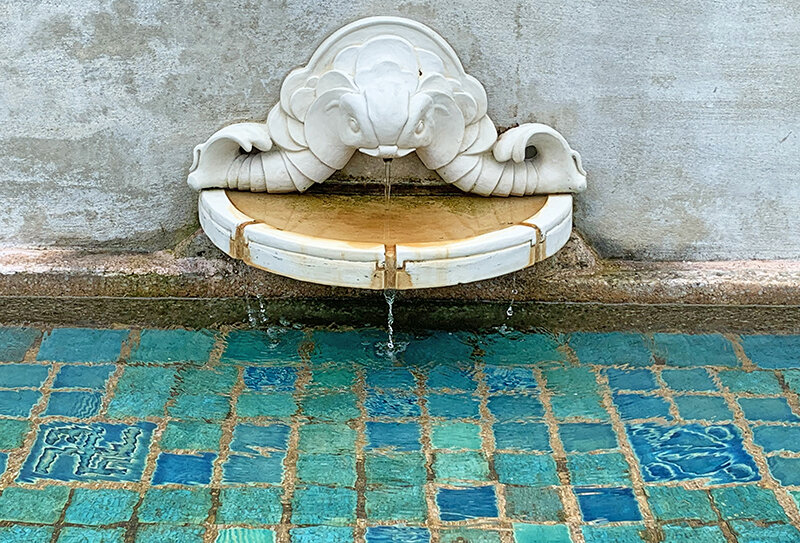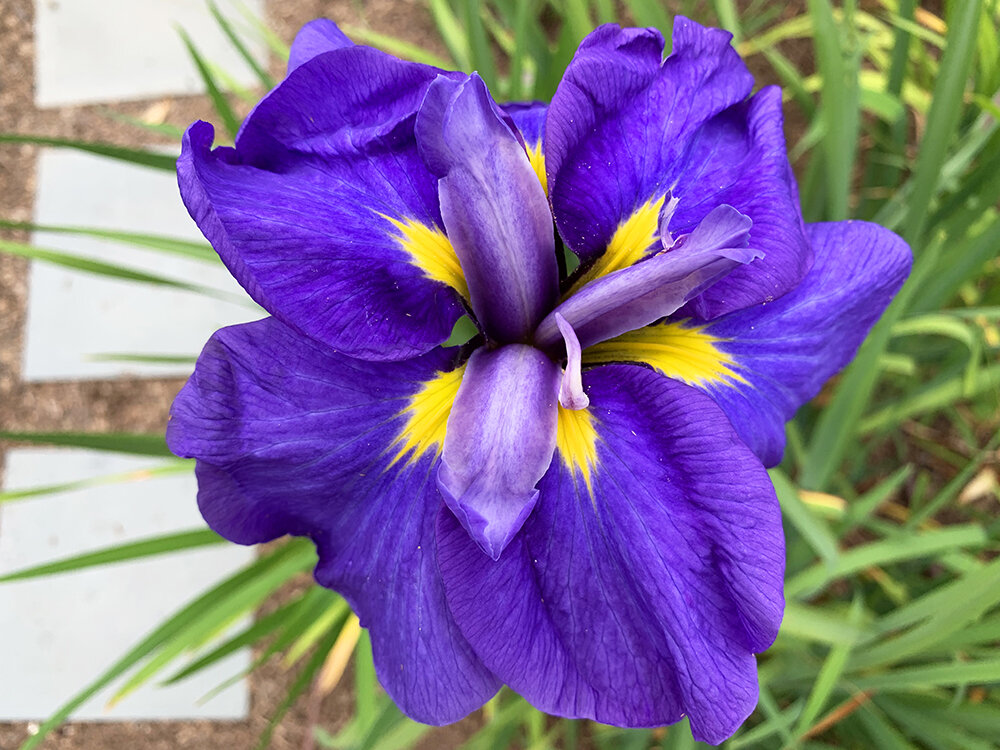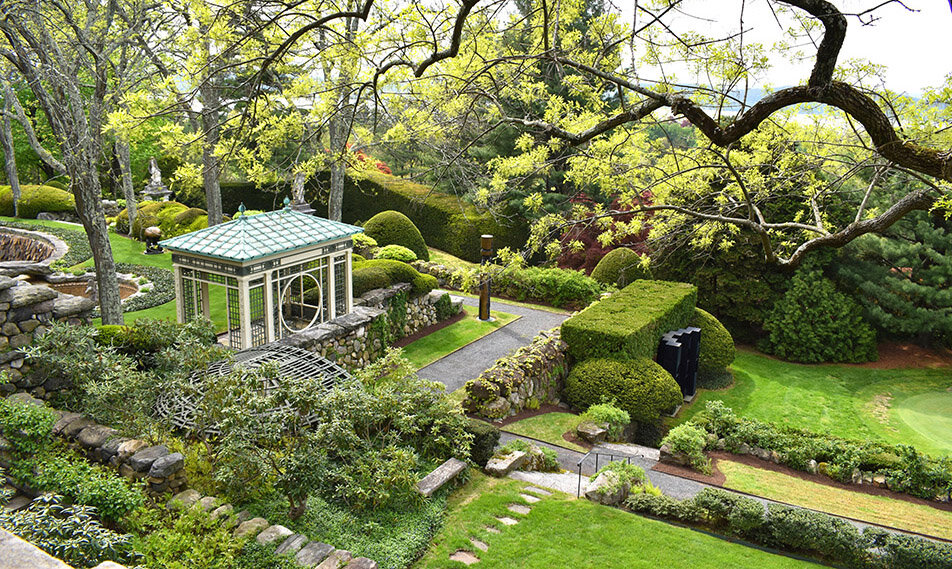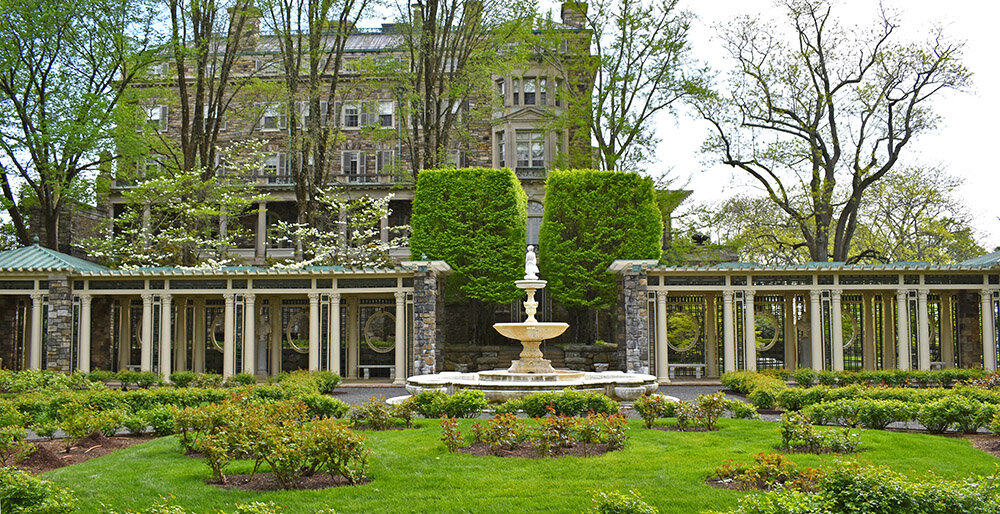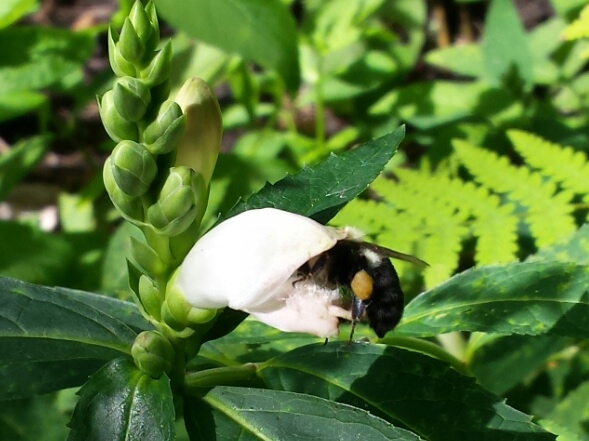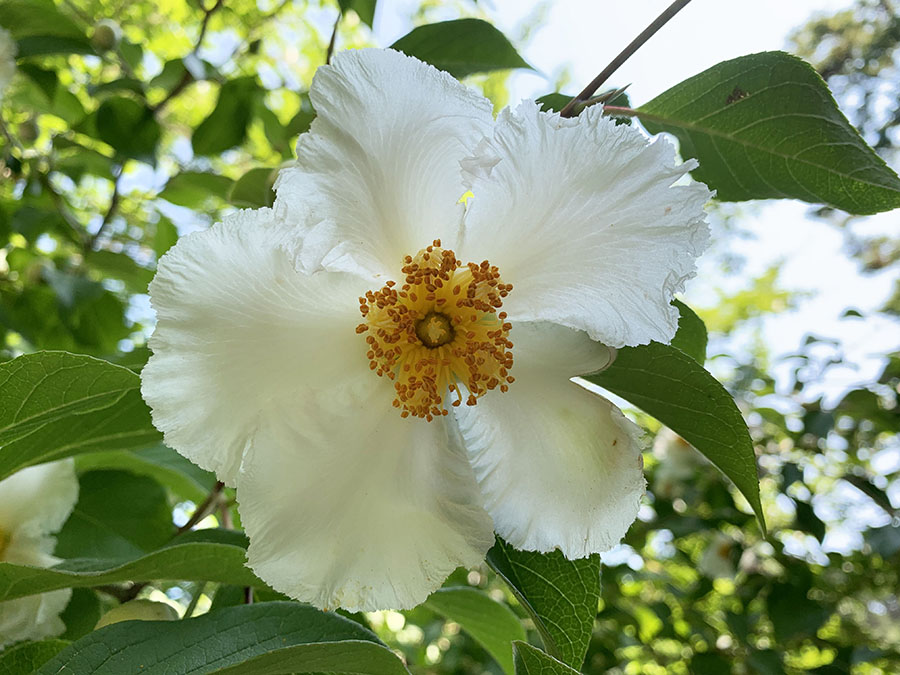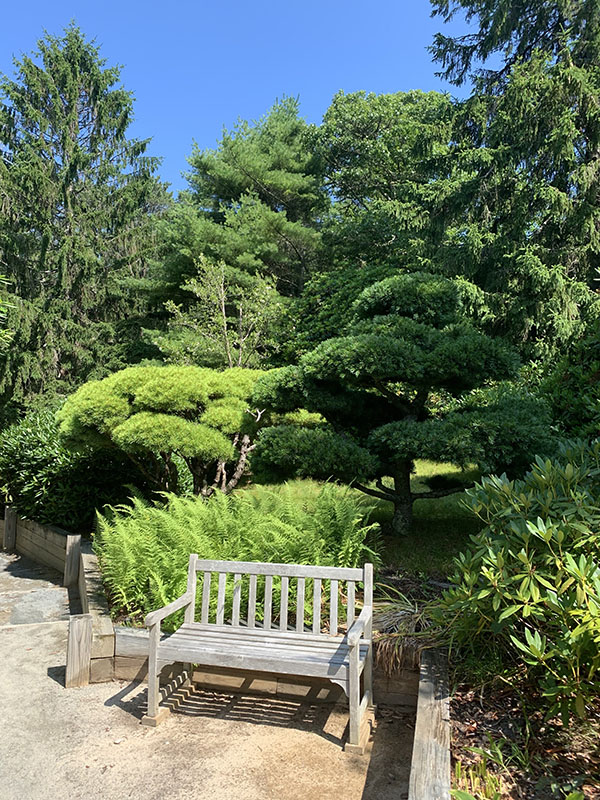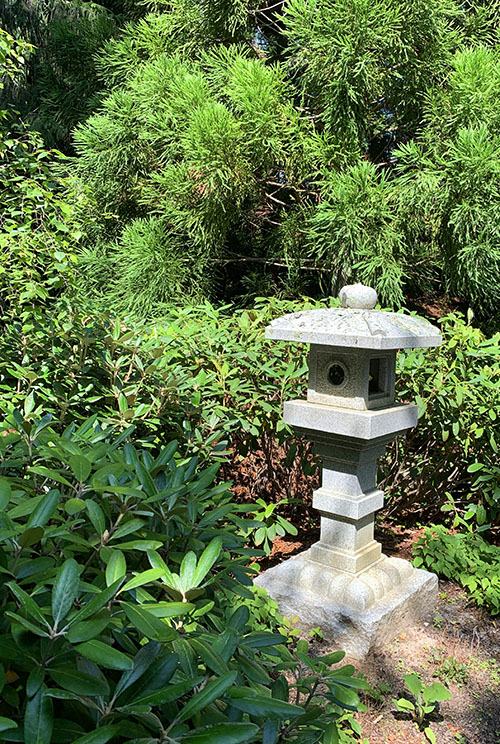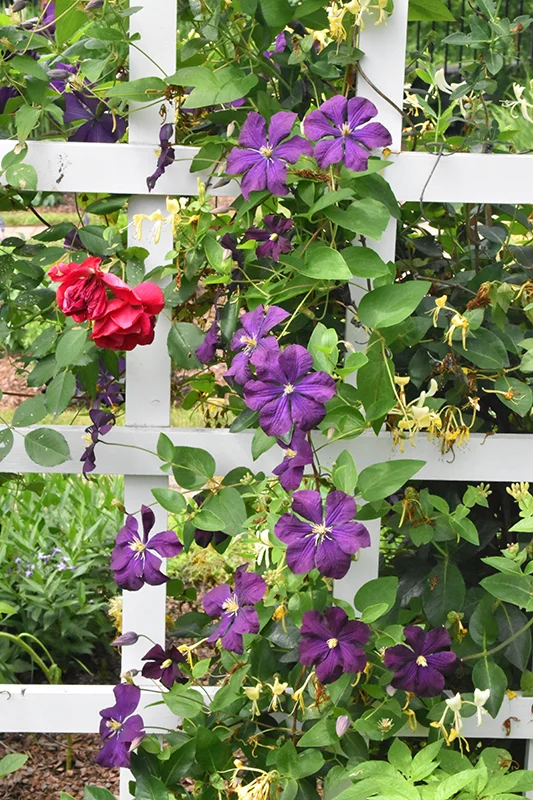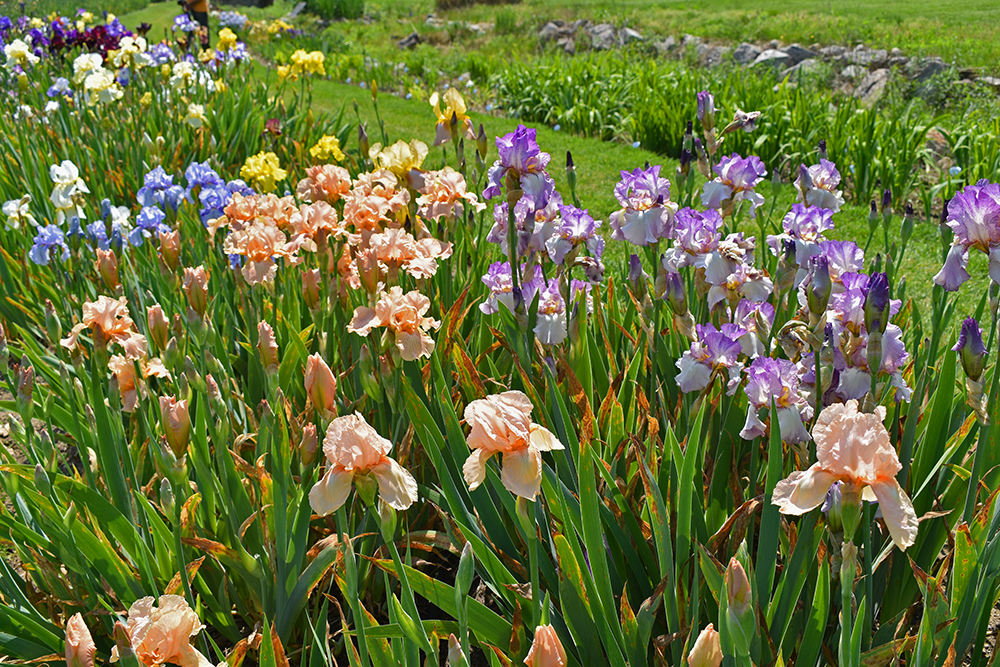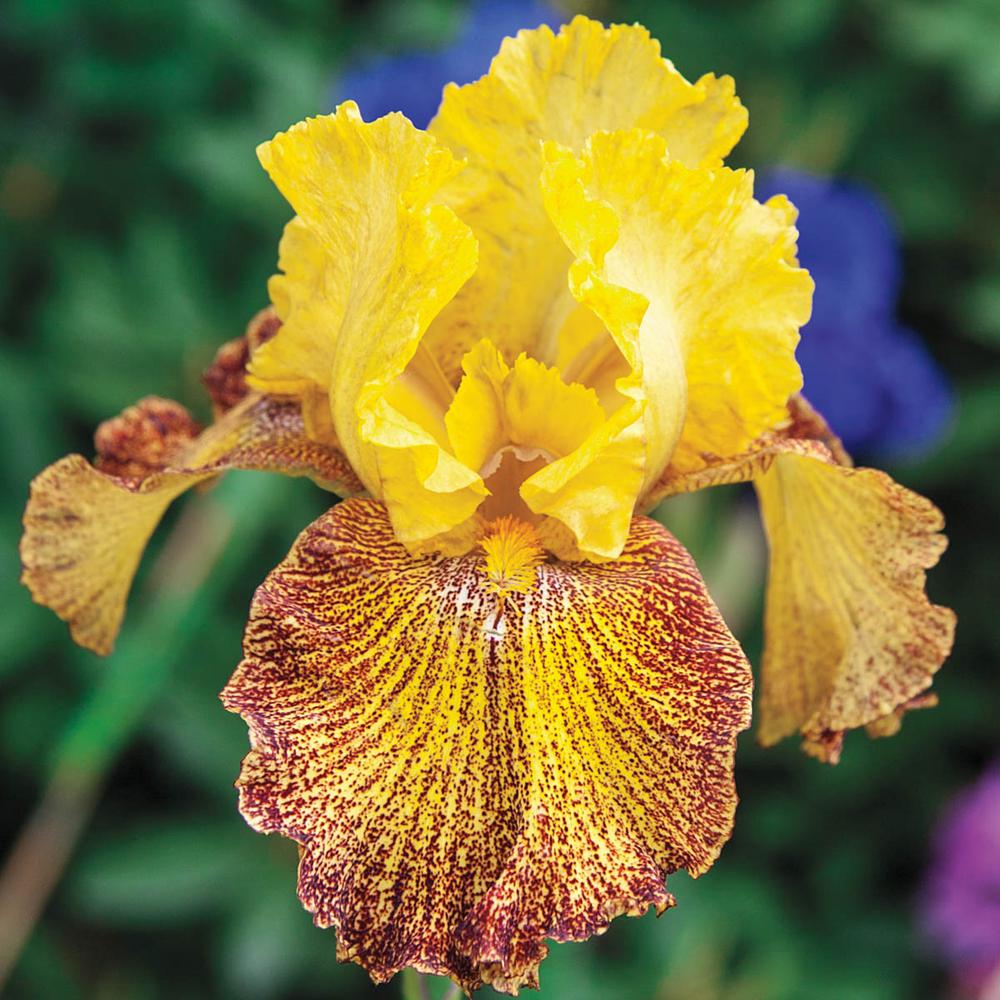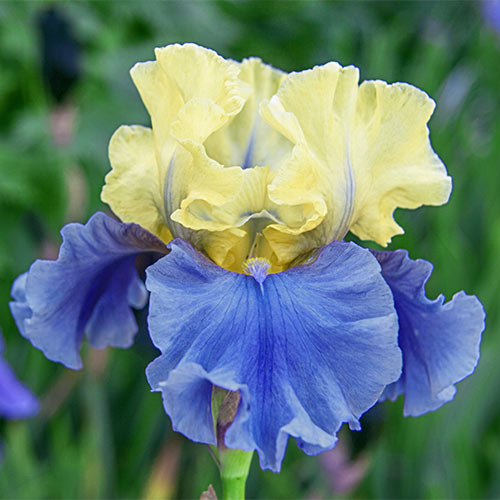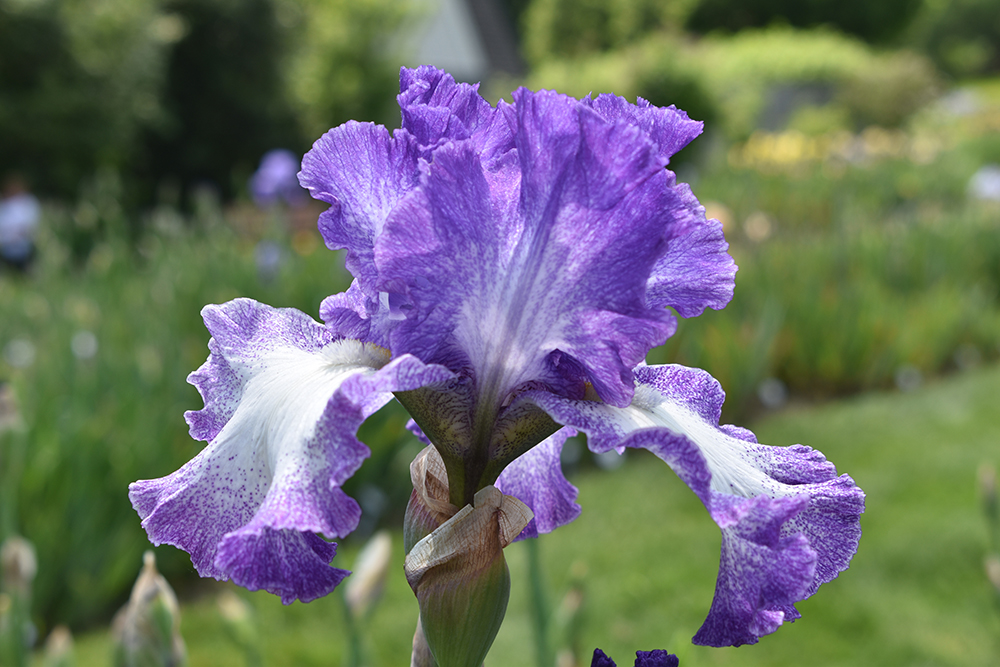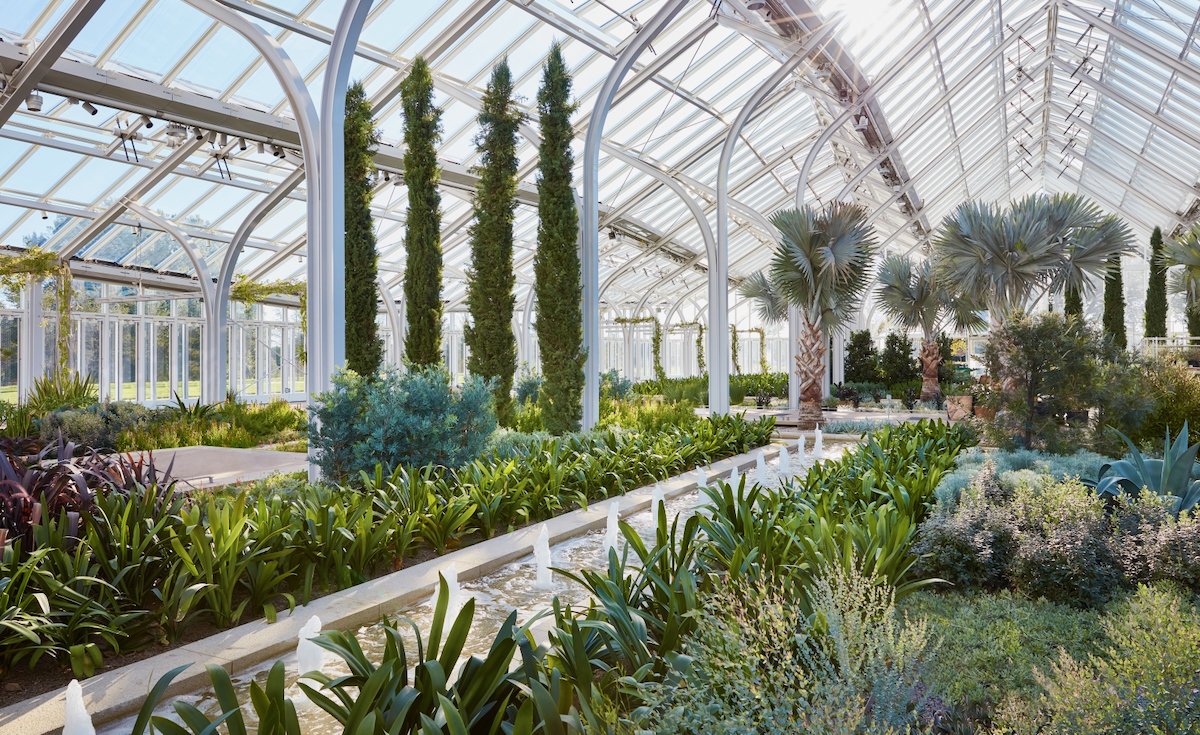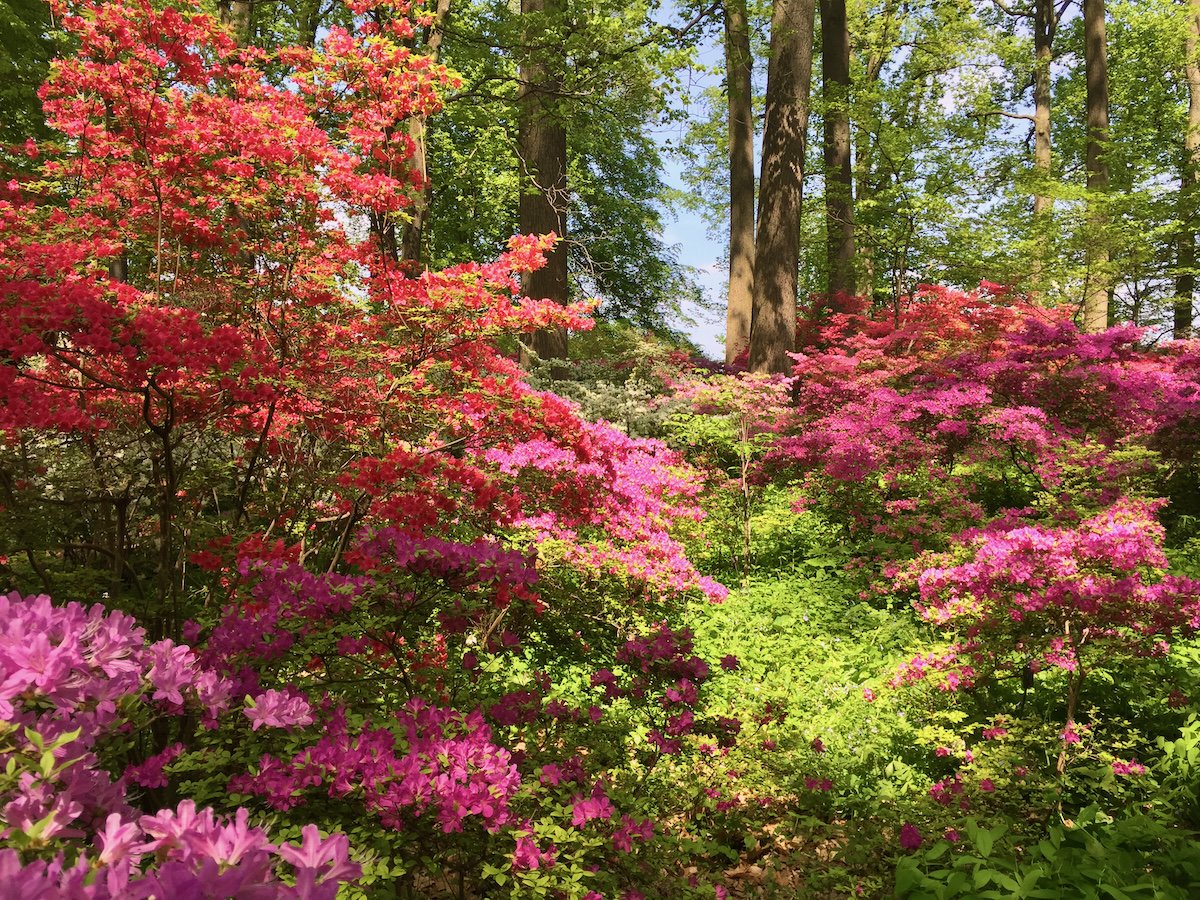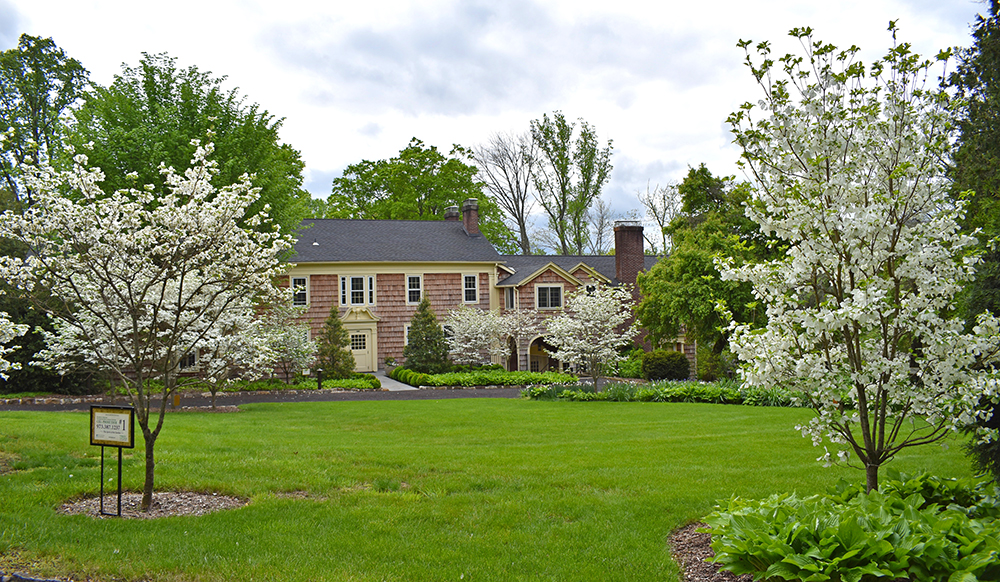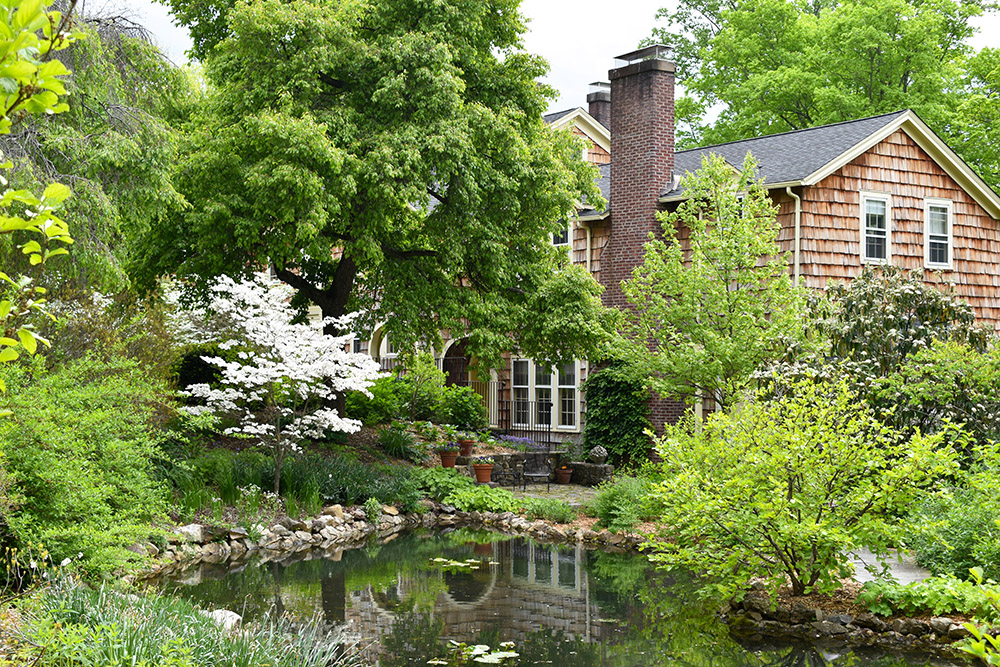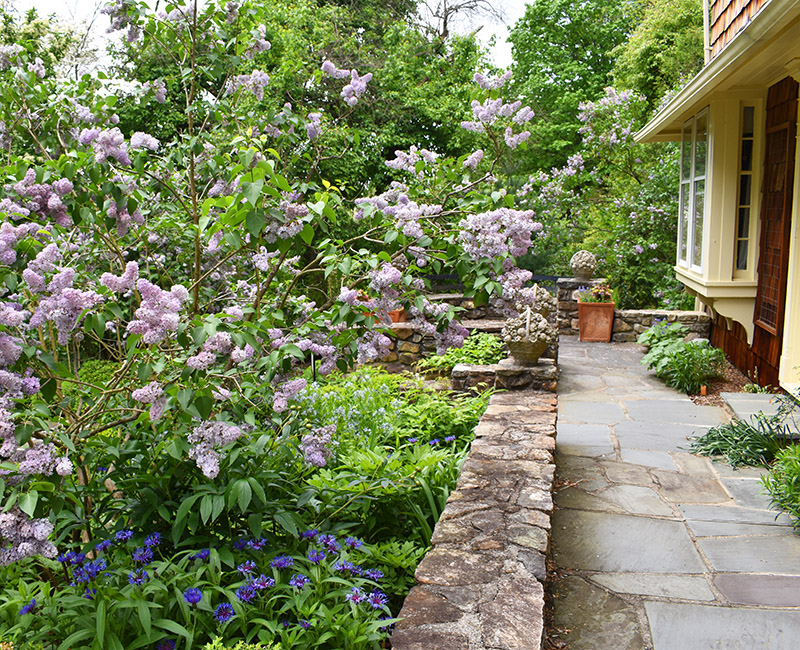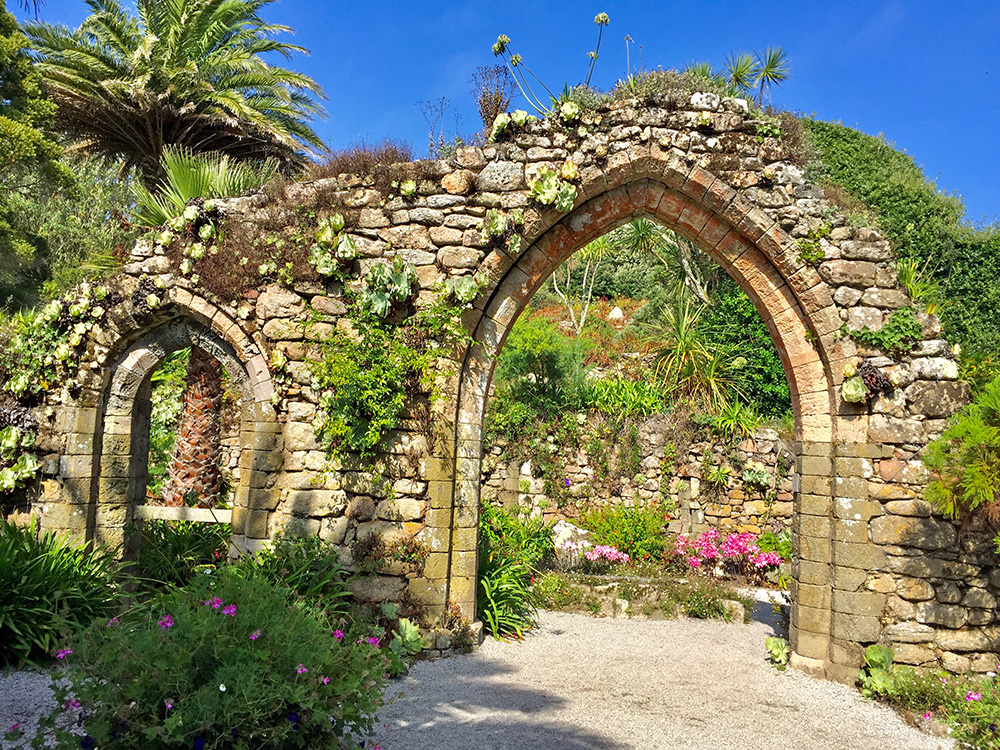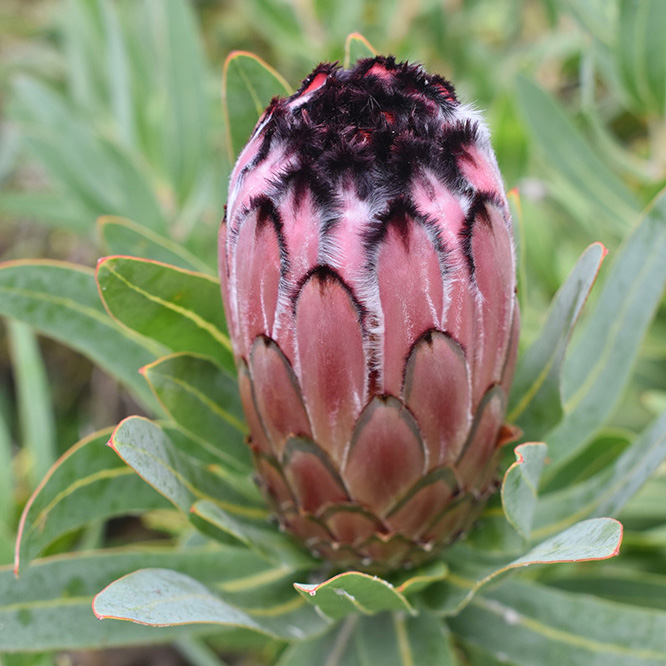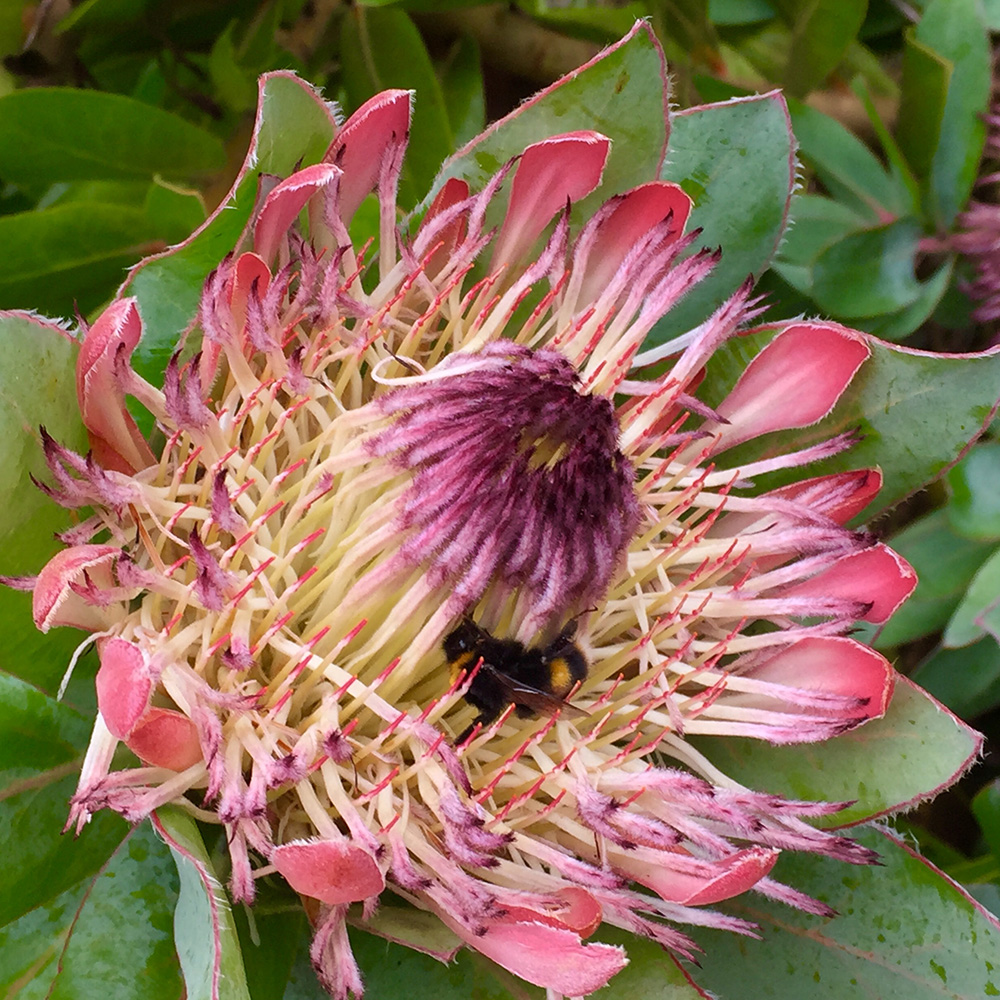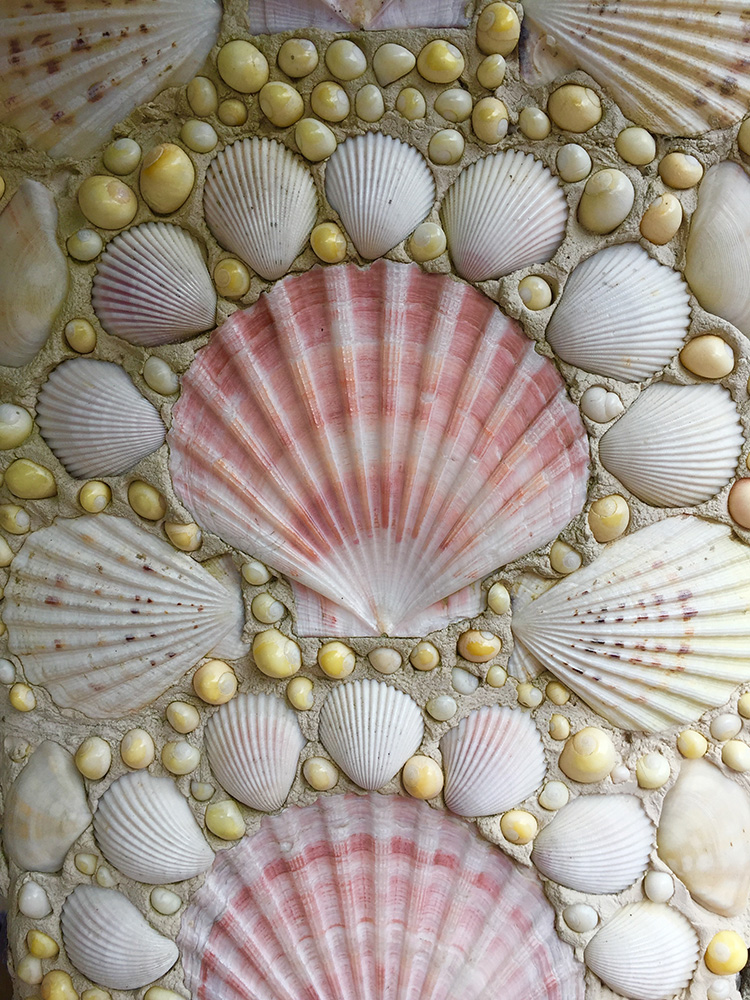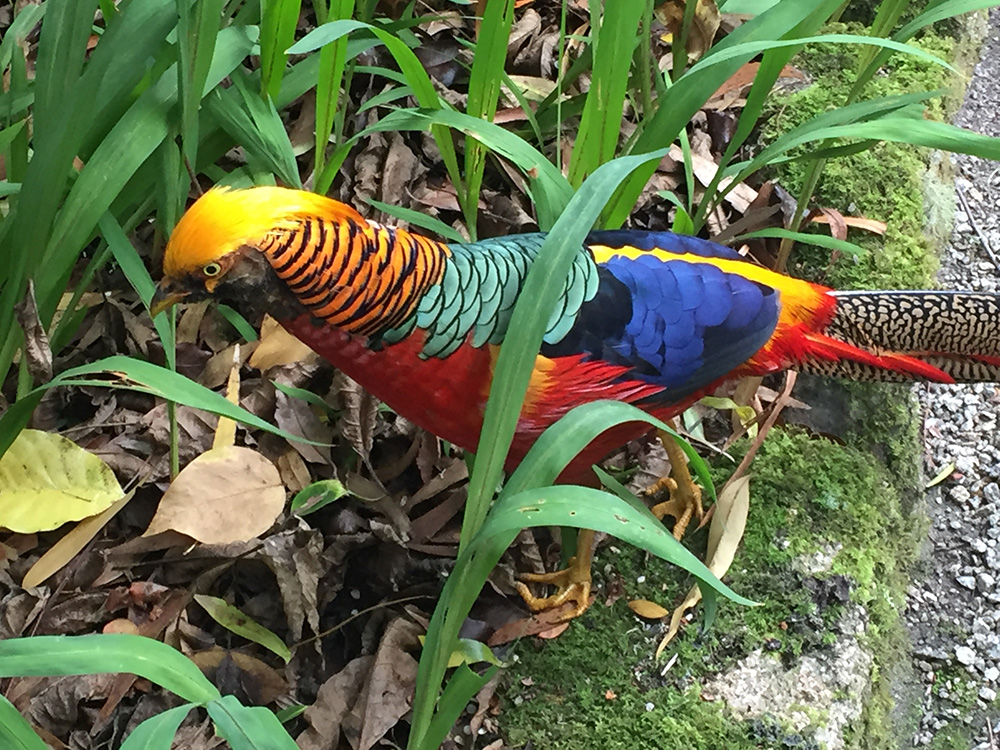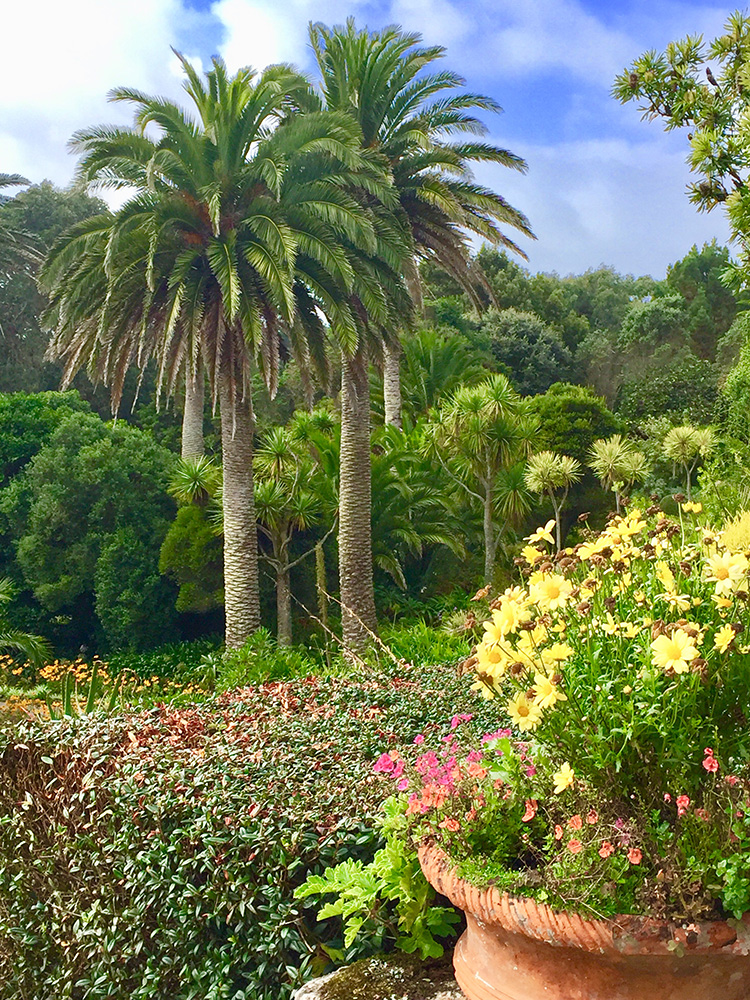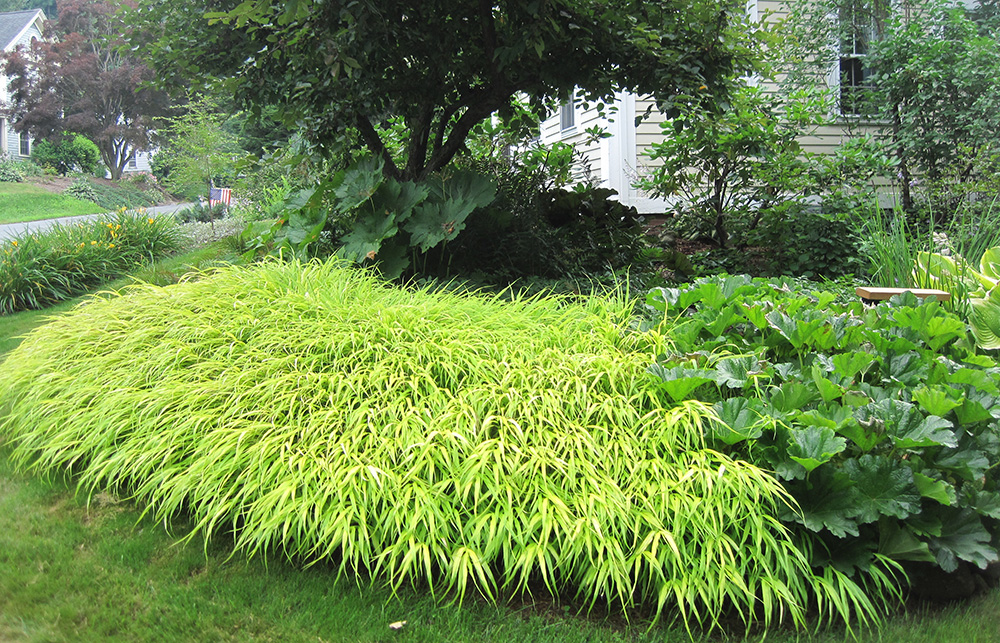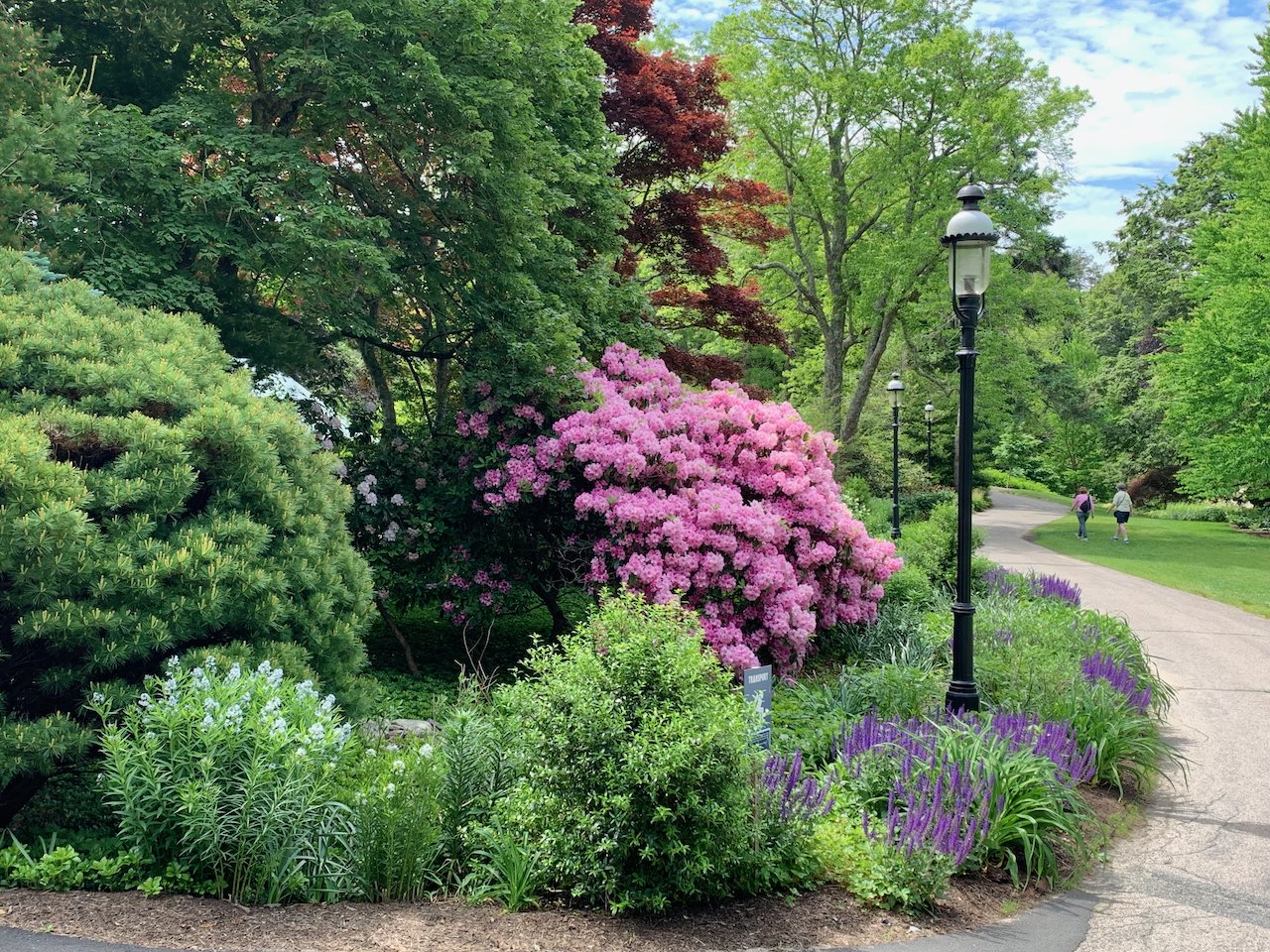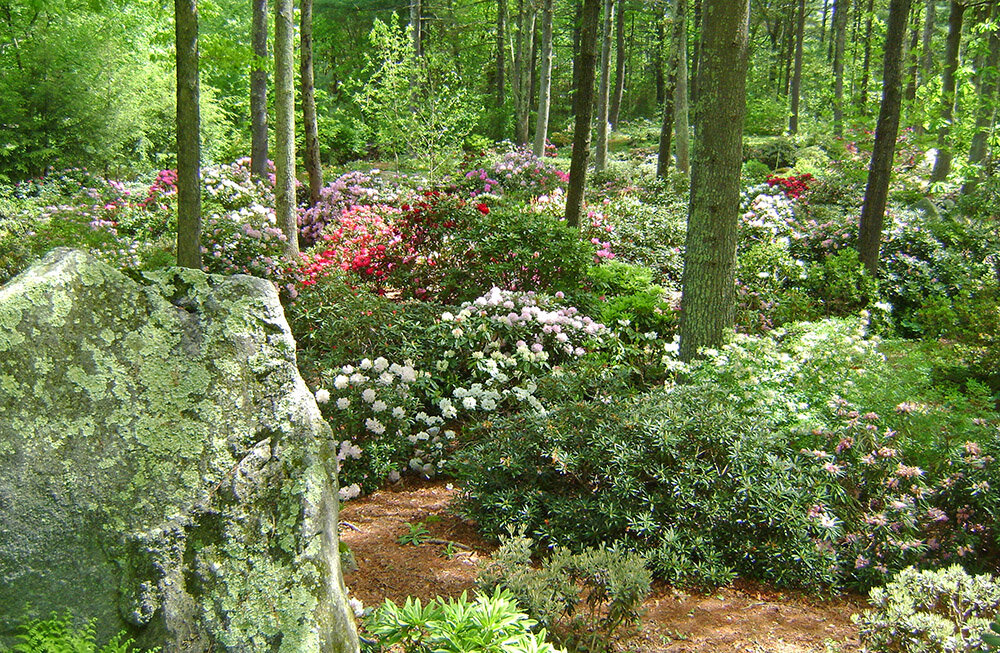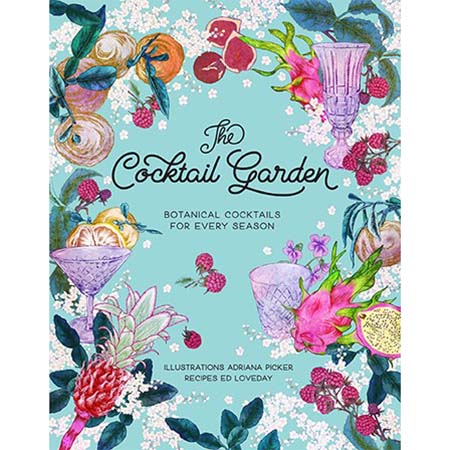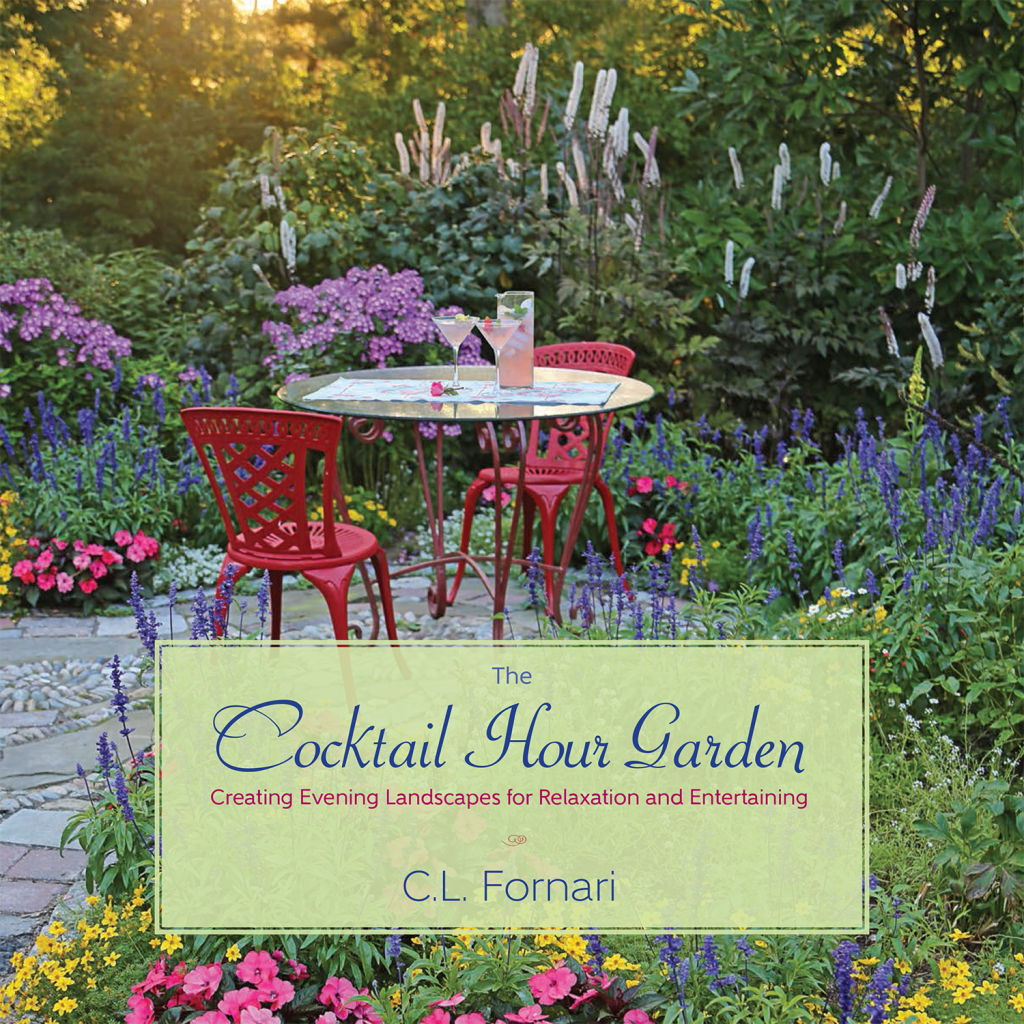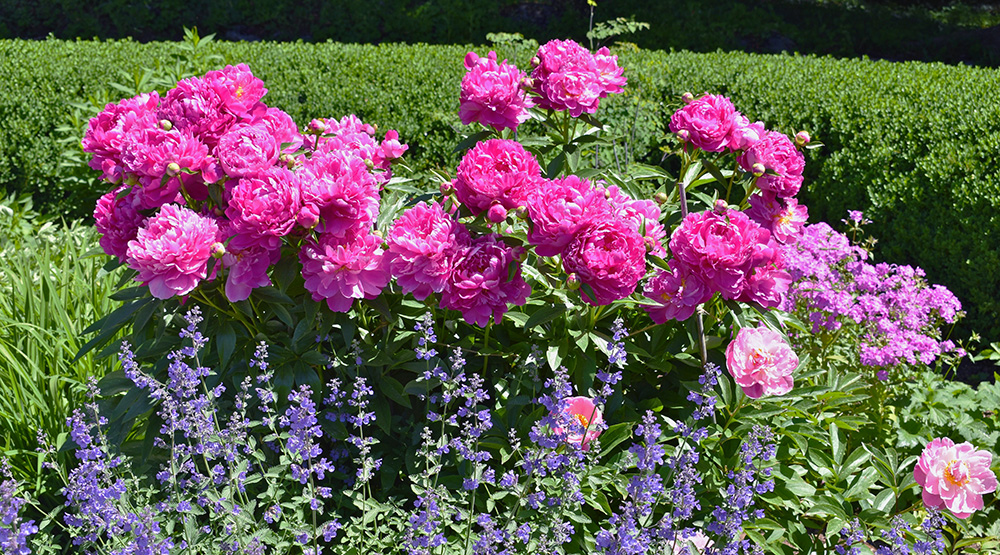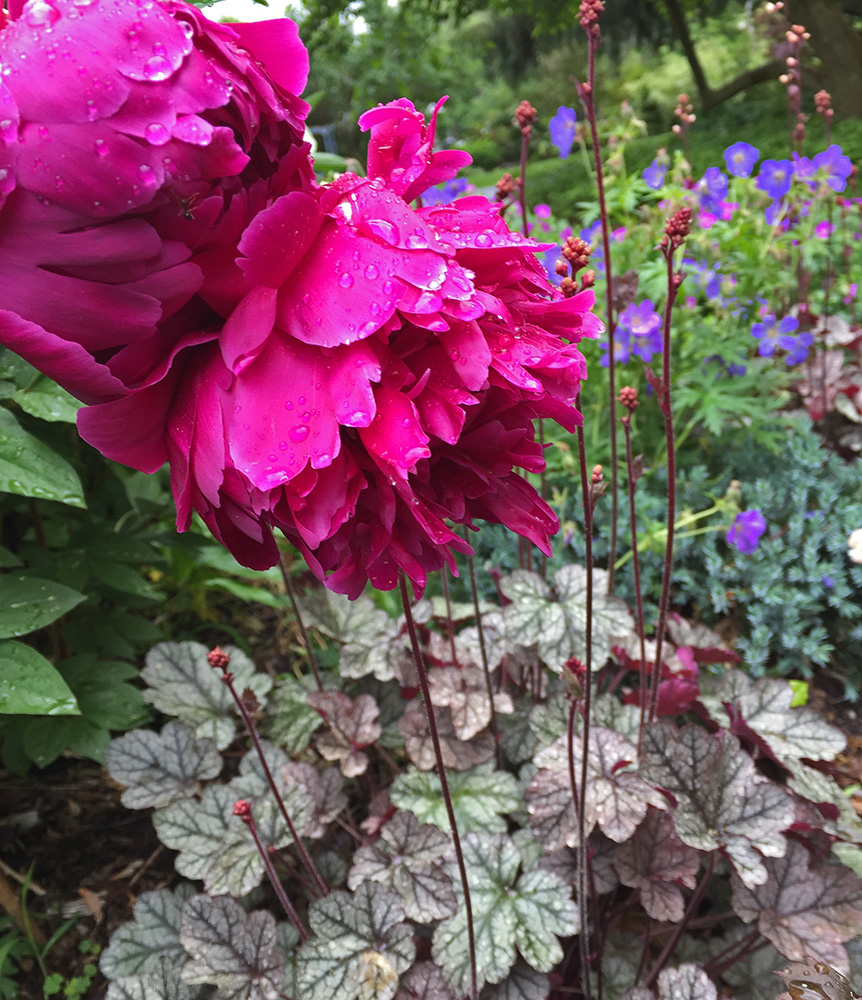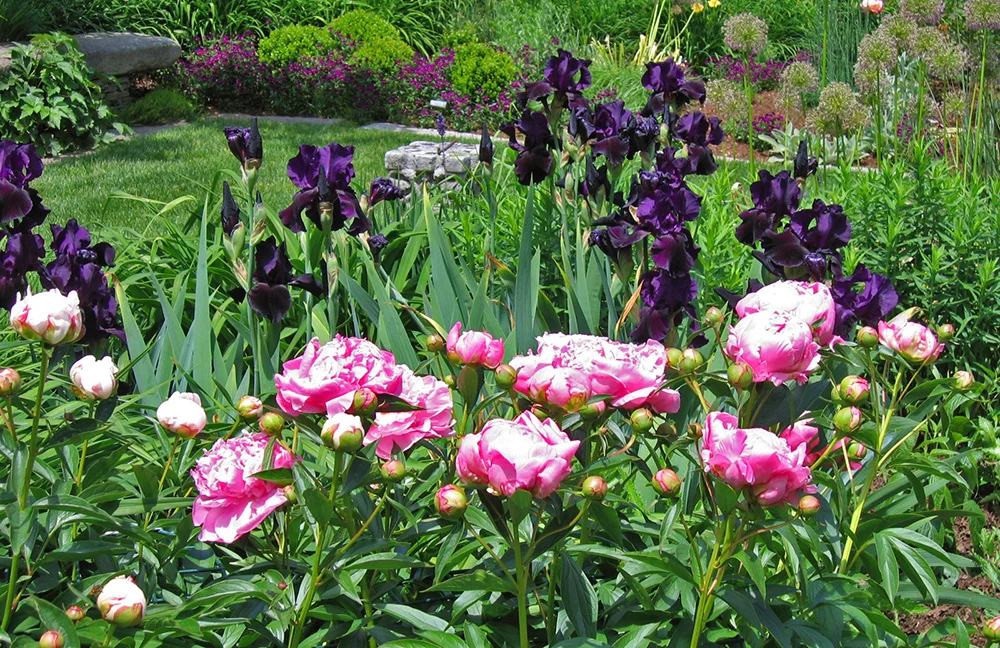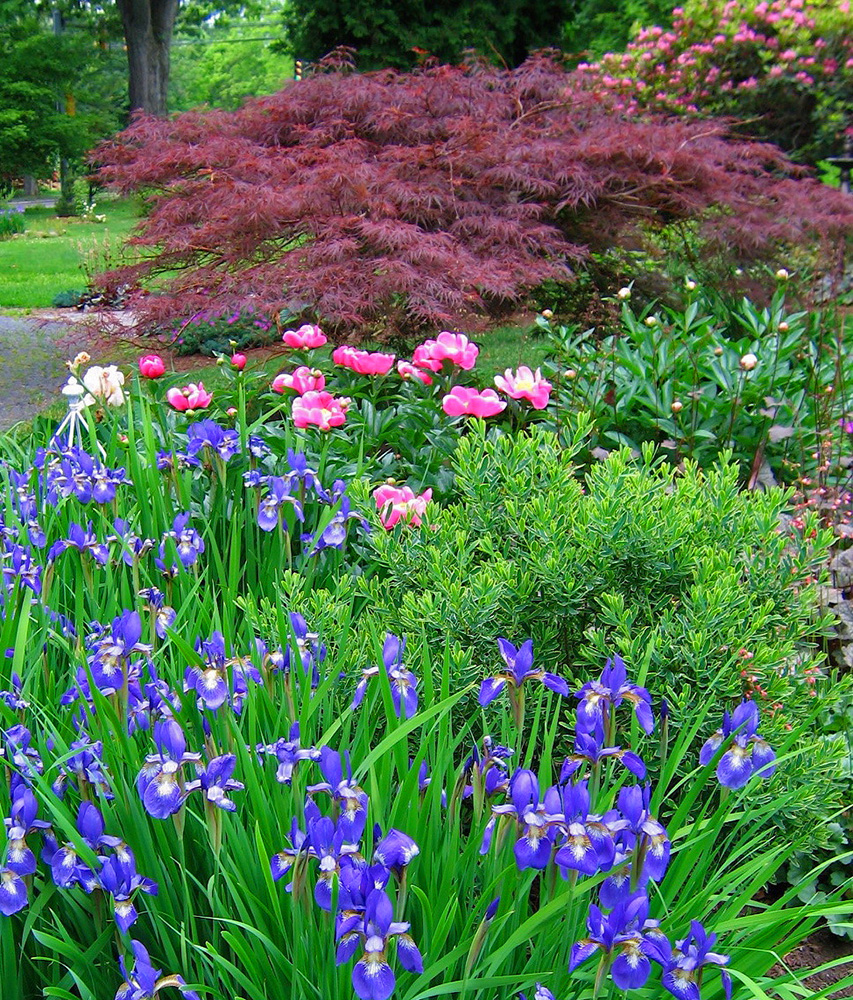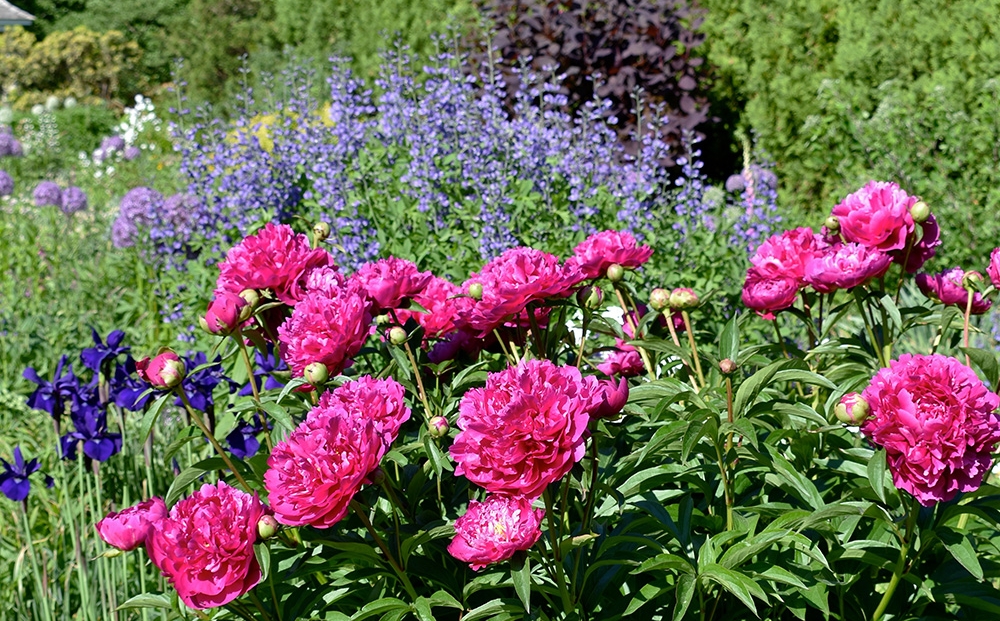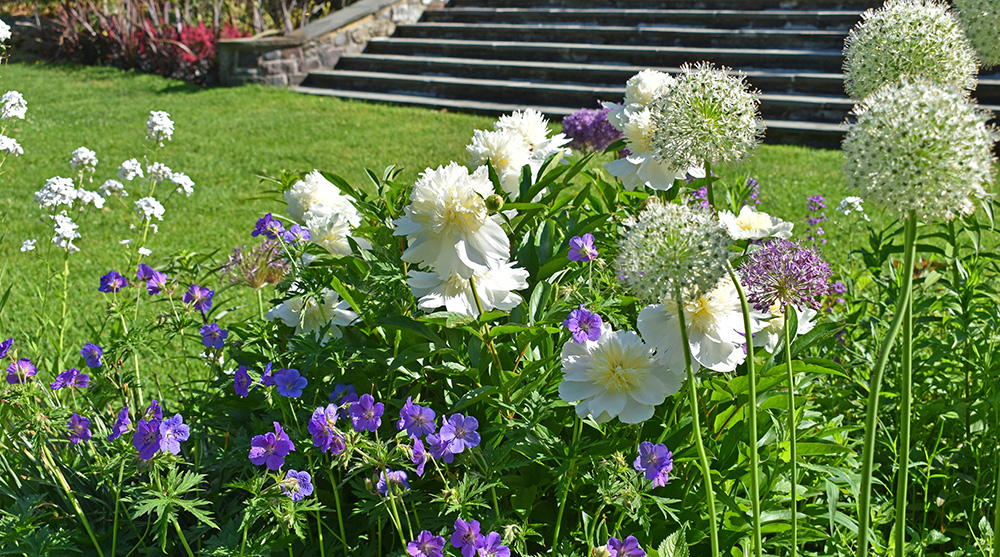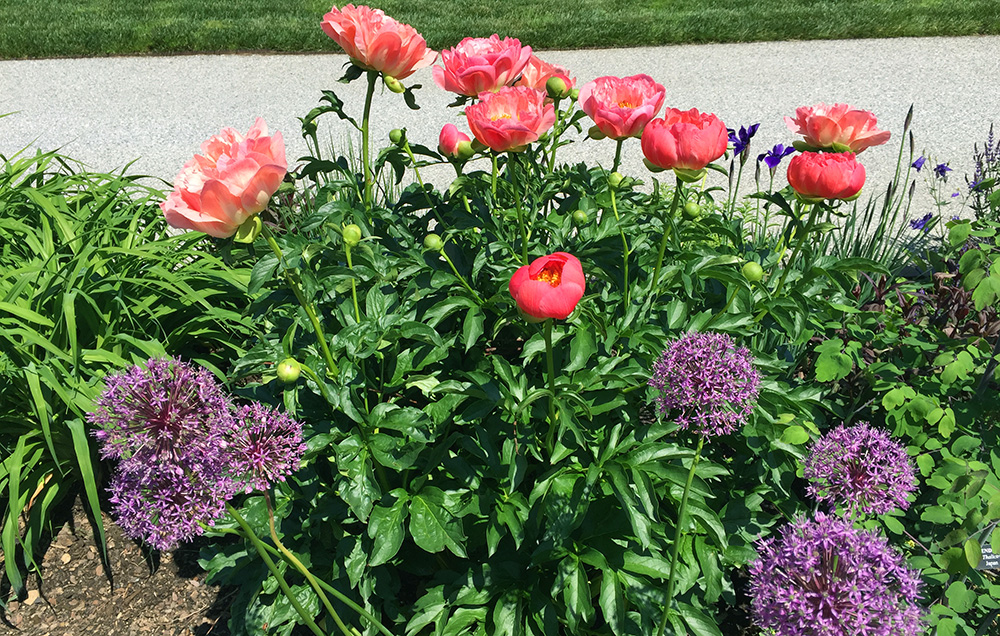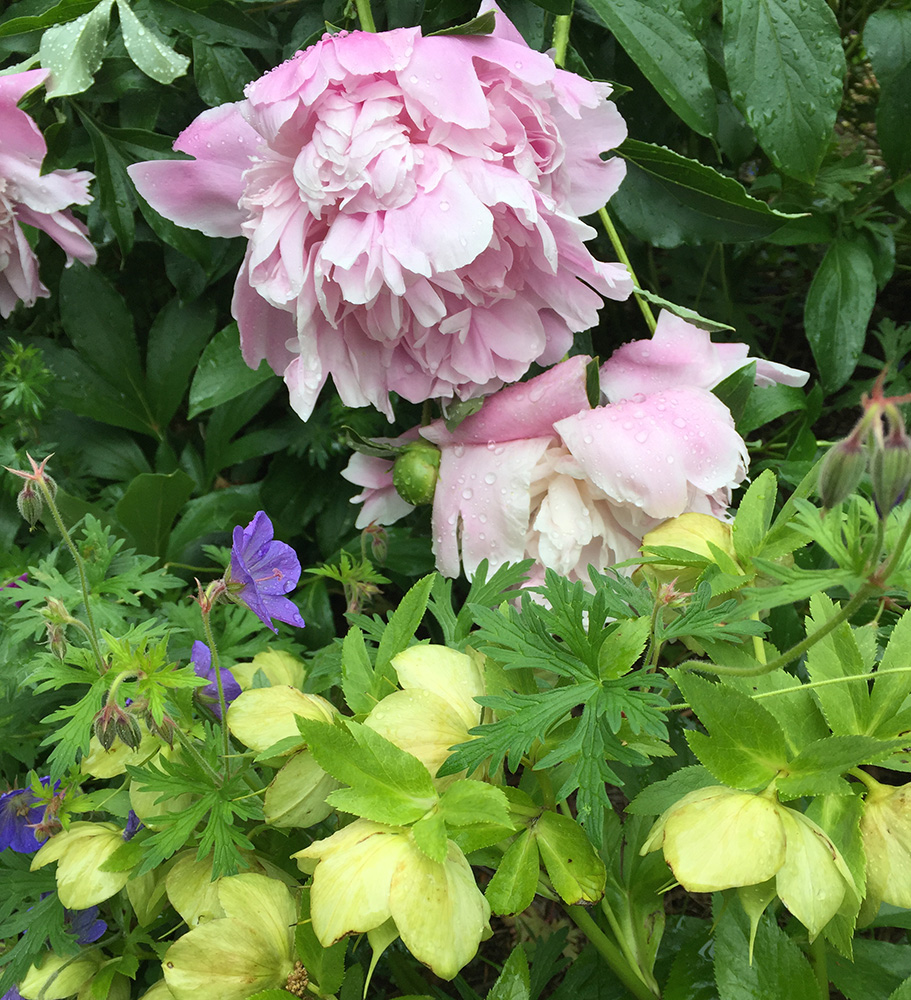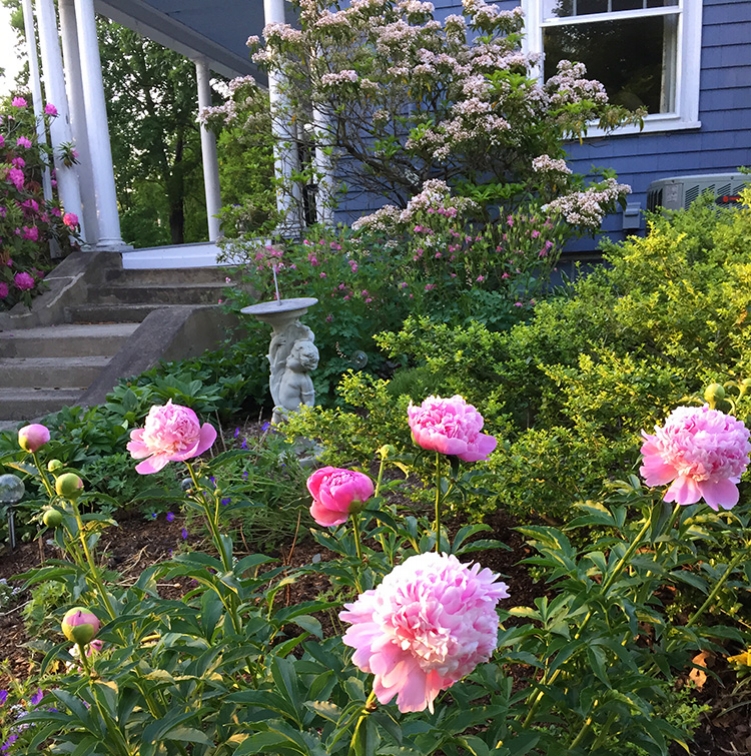McLaughlin Garden & Homestead: A Maine Gardener's Legacy
/PHOTO BY MARTHA EMERSON
Nestled between gas stations and strip malls, the McLaughlin Garden and Homestead has been a peaceful retreat and beloved garden for decades. It began as the private home of Bernard McLaughlin, a 38-year-old army veteran who spent winters in Florida as a hotel cook and summers growing potatoes with his father in Maine. When he bought the 100-year-old farmstead with its huge barn and massive stone walls in 1936, McLaughlin set about creating an ornamental garden.
PHOTO BY MARTHA EMERSON
McLaughlin was a self-taught gardener with no formal horticultural training. He began with a bare, unproductive pasture, and over the decades he transformed it into a lush garden with mature trees, wildflower borders, and shrub collections. He read voraciously, joined plant societies, and befriended other gardeners. Mostly he learned by tending the garden single-handedly for almost 60 years. Lilacs were one of McLaughlin’s favorite plants, and he planted 200 lilac bushes of 125 varieties in his garden. He added specimen trees and underplanted them with hostas, coral bells, lily of the valley, columbines, and ferns. Over the years, many of them naturalized to form breathtaking swaths. In sunny areas he created beds of daylilies, irises, and phlox, and he planted a border of Maine wildflowers and ferns along an old shady lane behind the barn.
LADY’S SLIPPERS, PULMONARIA AND WOODLAND PHLOX—PHOTO BY MARTHA EMERSON
“DEAN OF MAINE GARDENS” MCLAUGHLIN
DODECATHEON (SHOOTING STAR) IN THE WILDFLOWER WALK—PHOTO BY MARTHA EMERSON
McLaughlin’s generosity was legendary. Whenever his garden gate was open (which was almost always), the garden was open to visitors—neighbors, friends, and strangers. He loved to talk and teach others about gardening and earned the nickname “Dean of Maine Gardeners.” He was a plant collector who loved to share his plants with other gardeners and received many back in return. A member of the Maine Iris Society, he befriended hybridizer Currier McEwen, who named a Siberian iris with large ruffled white flowers in his honor.
iris Siberia ‘Bernard McLaughlin’
TRILLIUMS AND BLEEDING HEARTS—PHOTO BY MARTHA EMERSON
When McLaughlin died at the age of 98 in 1995, the community was amazed to find that no plans had been made to preserve the garden. A group of local residents formed the nonprofit McLaughlin Foundation and raised funds to purchase the property in 1997. With the help of volunteers, the foundation has been restoring and enhancing the garden and keeping it open to the public free of charge. Two of the best times to visit the garden are in early May when the spring ephemerals bloom–trilliums, bloodroot, mayapples, Uvularia, and primroses—and late May when the lilac collection is at its peak. Please check the garden’s website for an opening date for 2020.
PHOTO BY MARTHA EMERSON
PHOTO BY MARTHA EMERSON
McLaughlin Garden & Homestead, 97 Main St., South Paris, ME 04281, (207) 743-8820, mclaughlingarden.org
Please check website for opening days and hours. Admission is free.
You Might Also Like








